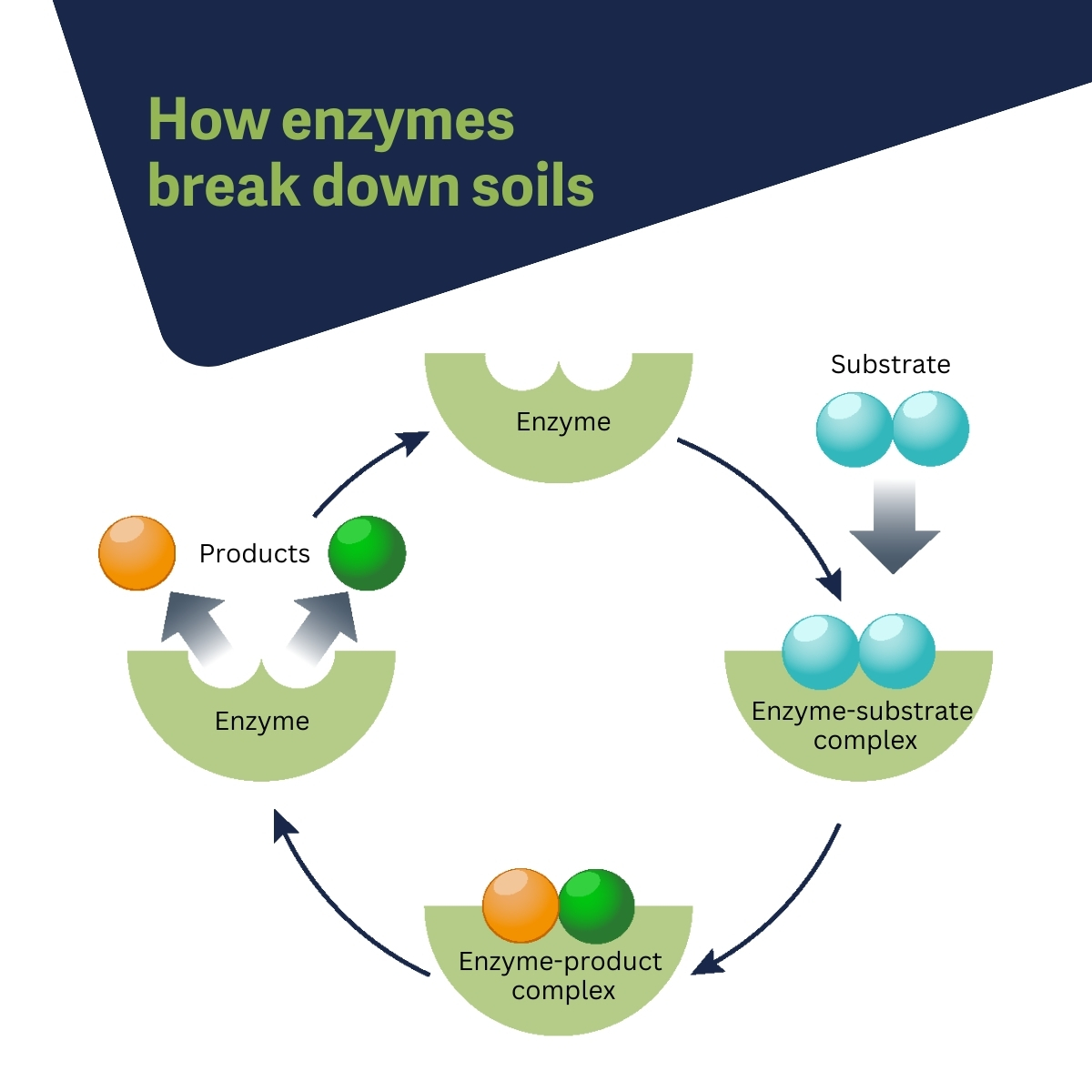Enzymes in sterile processing: Breaking down barriers
Why are enzymes so important in your sterile processing department (SPD)? Enzymes are the workhorse of sterile processing. They are used in cleaning chemistries in all parts of the process. That’s because enzymes break up and digest bioburden, making them an essential part of any sterile processing workflow.
Enzymatic excellence: Revolutionizing sterile processing for efficiency and safety
Enzymes are proteins that act as catalysts to speed up chemical reactions and reduce the amount of energy required to create those reactions. Thus, their use results in shortened process times and reduced costs.
In sterile processing, enzymes break down biological soils, loosening their grip on surgical instruments and allowing the soils to be washed away. At a molecular level, each type of enzyme binds to specific soil molecules and snips off pieces, breaking the molecules apart. Surfactants in the detergent then surround the broken pieces, prevent them from reattaching to the instruments being cleaned, and keep them suspended until they can be rinsed away. Since they are not damaged by the catalyzed reaction, the enzymes can move on to the next area of bioburden and start the process over.

In these formulations, enzymes can get deep into cracks, crevices, hinges, and pulleys. They loosen soils deep in hidden areas so they can be removed during ultrasonic cleaning or a cycle in a washer-disinfector. They help prevent the formation of biofilm, which can hide microbes from sterilization later in the cleaning process.
Once the instruments are in the SPD, enzymatic detergents are used in manual cleaning. They are safer for SPD technicians than harsh chemicals and can contain multiple enzymes to attack different types of bioburden and soils at the same time.
Multiple-enzyme detergents also are used in ultrasonic systems and washer-disinfectors to break up soils so they can be isolated by the surfactants and washed. Highly effective at loosening bioburden, enzymes also are gentler on delicate surgical instruments and the interiors of the cleaning machines. Enzymes affect every step of the decontamination process and high-quality enzymes make your SPD more efficient.
Exploring the practical aspects of the four common enzyme types in sterile processing
There are four types of enzymes commonly used in sterile processing:
- Protease enzymes break down proteins like blood and tissue.
- Lipase enzymes break down fats and oils.
- Amylase enzymes break down carbohydrates, starches, and sugars.
- Cellulase enzymes break down cellulose fibers.
In the past, chemistries came with a single type of enzyme or a combination of two enzymes. These were better suited to use on instruments from specific surgeries, based on which soils they attacked (i.e., using a lipase detergent on instruments from gastrointestinal or orthopedic surgeries). Newer formulations often contain three or four types of enzymes to clean a wider array of instruments made with a variety of materials and used in a range of surgeries.
Each enzyme has specific conditions it prefers—an optimal temperature, a neutral pH, low humidity—at which it is most active. Most enzymatic cleaners have a neutral pH, although there are some that work best in acidic or alkaline environments, and enzyme activity is generally highest at around 104° F (40° C).
At the wrong pH or temperature, enzymes can become denatured. In a typical reaction, specific spots on the enzyme fit around specific spots on the soil and break it apart, which is why each type of soil has a specific enzyme that attacks it. When an enzyme is denatured, it changes shape enough that it can no longer fit into the soil.
Enhancing enzyme stability: Pioneering research for optimal detergent performance in sterile processing
To expand enzymes’ usefulness in detergents, ongoing research is working to create more stable enzymes under all conditions. For industrial purposes, enzymes are engineered using various microorganisms that express them. The choice of microorganism and the conditions of the culture in which it is grown result in different qualities, such as a greater pH or temperature tolerance. In this way, scientists have increased enzymes’ stability outside their standard pH and temperature range.[1]
This allows the enzymes to be used is more alkaline or acid formulations and gives detergents a longer shelf life, both in transport and storage. Scientists also have increased the speed and efficiency of some enzymes’ catalytic reactions, allowing them to work faster and better.
The enzymes used in new sterile processing detergents, like Getinge’s XEN line of chemistries, now can survive longer, work harder and faster, and use less energy. All this translates into more efficient and cost-effective enzymes, and cleaner instruments in less time for your SPD.
